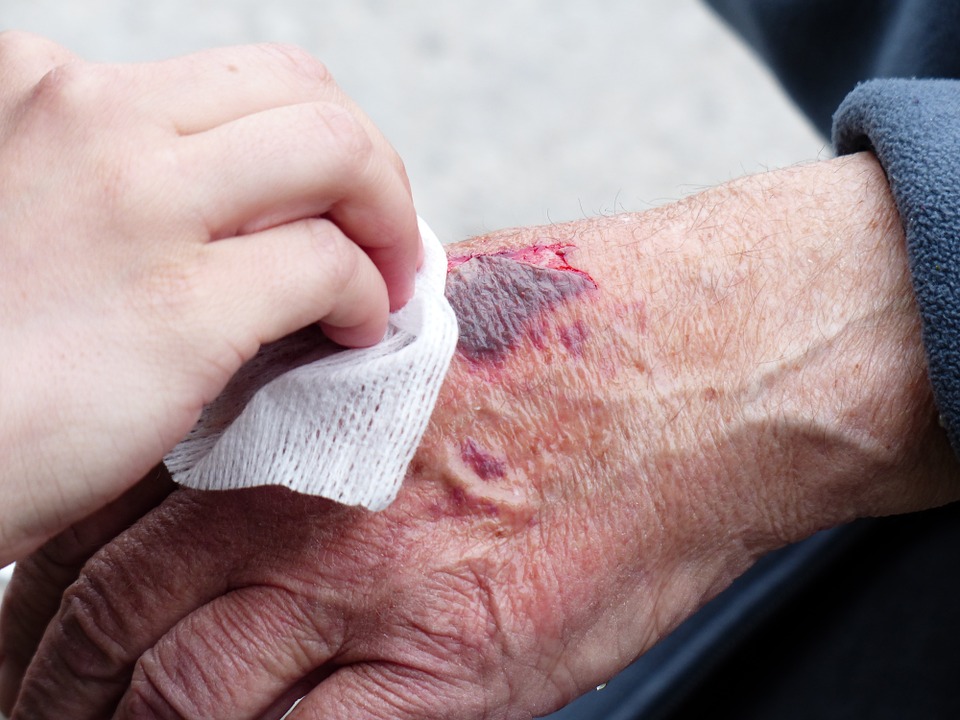Detecting injury related to abuse in elder people
 Sadly elder abuse is quite common in the US. It is estimated that 5 to 10% of elders suffer abuse of various types such as physical or psychological abuse, financial exploitation or neglect. Often those who are abused suffer multiple types of abuse together. Depression, chronic illness hospitalization and placement in nursing homes are often the direct consequences of these abuses. When an elder has little contact with the outside world except for his or her oppressors, the physicians are often the only ones who can determine if abuse occurs and raise the alarm. When physical abuse occurs, elder patients who show up at the emergency room often pretend they fell. A good emergency physician should be able to differentiate between fall injuries and abuse injuries and raise the alert if necessary.
Sadly elder abuse is quite common in the US. It is estimated that 5 to 10% of elders suffer abuse of various types such as physical or psychological abuse, financial exploitation or neglect. Often those who are abused suffer multiple types of abuse together. Depression, chronic illness hospitalization and placement in nursing homes are often the direct consequences of these abuses. When an elder has little contact with the outside world except for his or her oppressors, the physicians are often the only ones who can determine if abuse occurs and raise the alarm. When physical abuse occurs, elder patients who show up at the emergency room often pretend they fell. A good emergency physician should be able to differentiate between fall injuries and abuse injuries and raise the alert if necessary.
A recent study published in the Annals of Emergency Medicine and led by Tony Rosen, Department of Emergency Medicine, Weill Cornell Medical College / NewYork-Presbyterian Hospital, in New York compares the injuries of 78 elder patients who were physically abused with the injuries of 78 elder patients who unintentionally fell. Here are some of the findings:
- Bruises could be a sign of abuse. 78% of elders who were physically abused suffered bruises compared to 54% of those who fell
- Any injuries to the neck, the maxillofacial or the teeth is a red flag. These types of injuries were found in 67% of the abused elder compared to only 28% of the ones who fell
- Additionally, a combination of maxillofacial/dental/neck injuries with no extremity injuries was found in half of the abused elders but only in 8% of those who unintentionally fell
- Injuries to the left cheek, the neck or the ear should raise the alarm as injuries in these specific locations were only found in those elderly who were abused
- Lower extremities injuries are usually a sign of fall and were found in 50% of the unintentional fall cases but only in 8% of the abuse cases
- Fractures are not very common in abuse cases (8%) and occur more often in falls (22%)
Elder abuse is unfortunately underrecognized but has serious consequences for the adult himself and for society in general as the consequences of these abuses are costly.
Read the entire study here
 New York Personal Injury Attorneys Blog
New York Personal Injury Attorneys Blog


